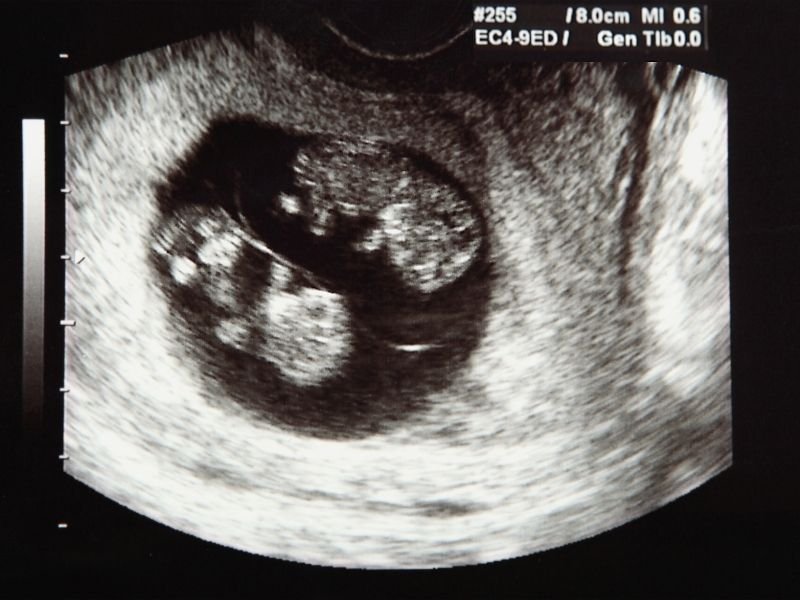In vitro fertilization (IVF) is a popular assisted reproductive technology that helps many couples achieve their dream of having a baby. One of the factors that often concerns prospective parents is the likelihood of having twins or higher-order multiples through IVF. Understanding this chance is crucial for couples as they navigate their fertility journey and make informed decisions about their treatment. Factors such as the number of embryos transferred, the quality of the embryos, and individual health considerations all play a role in determining the probability of having twins with IVF. This guide will explore these aspects and provide insights into what you can expect when considering IVF for conceiving twins.
Risk Factors for Twin Pregnancy in IVF Treatment
IVF treatment can increase the likelihood of a twin pregnancy due to several influencing factors. One of the primary factors is the number of embryos transferred during the procedure; transferring multiple embryos significantly raises the chances of conceiving twins. Additionally, the quality and developmental stage of the embryos at the time of transfer play a crucial role. The mother’s age and overall health also affect this risk, as older women may have a higher chance of producing multiple eggs. Fertility medications, which stimulate ovulation, can further contribute by encouraging the release of multiple eggs, increasing the likelihood of multiple embryos being fertilized and implanted. Understanding these factors can help patients and doctors make informed decisions about the number of embryos to transfer and manage the potential risks associated with a twin pregnancy. Balancing the desire for a successful IVF outcome with the risks of carrying multiples is essential for a healthy pregnancy and delivery.
IVF Techniques that Play a Role in the Formation of Twin Babies
In vitro fertilization (IVF) techniques are pivotal in determining the likelihood of conceiving twins. One of the primary methods influencing this outcome is the transfer of multiple embryos. By implanting more than one embryo into the uterus, the chances of multiple embryos successfully implanting and developing into twins or even higher-order multiples increase significantly.
Another critical technique is embryo splitting or blastocyst transfer. During embryo splitting, a single embryo is divided into two separate embryos before implantation, which can result in identical twins. Blastocyst transfer, which involves implanting embryos that have developed further along in the process, also increases the chances of twin pregnancies. These embryos are often more mature and have a higher potential for successful implantation.
Additionally, the use of fertility medications to stimulate ovarian function can lead to the release of multiple eggs. This, in turn, raises the likelihood of multiple eggs being fertilized, which can result in the formation of twins if more than one embryo successfully implants.
The choice of IVF technique, alongside other factors such as the number of embryos transferred and the use of fertility drugs, plays a significant role in the probability of a twin pregnancy. Understanding these techniques and their implications helps patients and healthcare providers navigate the complexities of IVF treatment and manage the risks associated with multiple pregnancies.
Health Risks and Precautions in Twin Pregnancy
Twin pregnancies, while offering the excitement of expecting two babies, come with a set of unique health risks and considerations that require careful management. Understanding these risks and taking appropriate precautions can help ensure a healthier pregnancy for both mother and babies.
One of the primary health risks associated with twin pregnancies is preterm birth. Twins are more likely to be born prematurely compared to singletons. Preterm birth can lead to complications such as respiratory issues, low birth weight, and developmental delays. Regular prenatal check-ups and close monitoring can help manage these risks and provide early interventions if needed.
Another concern is gestational diabetes, which is more common in women carrying twins. This condition can affect the body’s ability to process sugar, potentially leading to complications for both the mother and the babies. Managing blood sugar levels through diet, exercise, and medication, if necessary, is crucial for reducing risks associated with gestational diabetes.
Preeclampsia, a condition characterized by high blood pressure and potential damage to organs, is also more prevalent in twin pregnancies. Symptoms include swelling, headaches, and protein in the urine. Regular prenatal visits are essential for monitoring blood pressure and other indicators to detect and manage preeclampsia early.
Success Rate of Twin Pregnancies in IVF Treatment and Statistics
The success rate of twin pregnancies in IVF (In Vitro Fertilization) treatment is a topic of significant interest for prospective parents and fertility specialists alike. Understanding these statistics can help set realistic expectations and guide treatment decisions.
In IVF, the likelihood of a twin pregnancy is notably influenced by several factors, including the number of embryos transferred and the characteristics of the embryos themselves. Generally, the success rate of achieving a twin pregnancy through IVF is higher compared to natural conception, primarily due to the practice of transferring multiple embryos to increase the chances of implantation.
Statistics indicate that approximately 20-30% of IVF pregnancies result in twins. This rate can vary depending on factors such as the woman’s age, the quality of the embryos, and the specific IVF with donors egg protocols used. For instance, younger women and those using higher-quality embryos may have a slightly higher chance of a twin pregnancy.
One key factor affecting the success rate is the number of embryos transferred. While transferring more embryos can increase the likelihood of a twin pregnancy, it also raises the risk of higher-order multiples (triplets or more), which can complicate the pregnancy. As a result, many fertility clinics now follow guidelines recommending the transfer of fewer embryos to balance the success rate with the risk of complications.
In conclusion, while the rate of twin pregnancies in IVF is relatively high compared to natural conception, careful management and individualized treatment plans are essential to achieving the best outcomes. Understanding these statistics and discussing them with a fertility specialist can help prospective parents make informed decisions and prepare adequately for their IVF journey.


